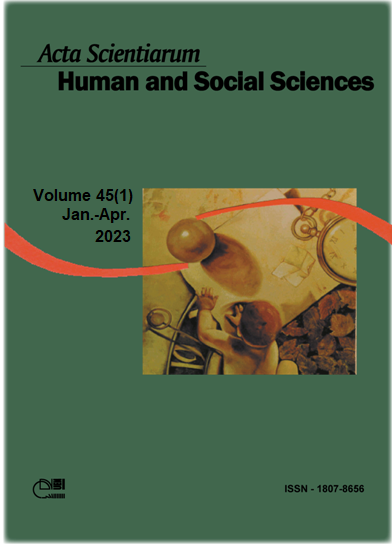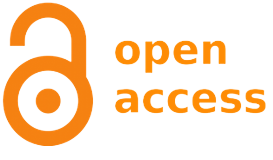Kokama communities on the amazonian triple Frontier Brazil/Perú/Colombia: contexts and use of agrobiodiversity
Abstract
This article aims to reflect on the ethnoknowledge of traditional populations employed in ways of using agrobiodiversity, which is why we focus on investigating the Kokama of Alto Solimões, Amazonas. Being the traditional indigenous practices, which characterize the way of life, the theme research base in communities located near or far from the urban perimeter of the city. With the intention of collecting more information to achieve the objectives of the study, a survey and bibliographical reading, field work and organization of the collected data were carried out. The results obtained in the research reveal that in the Kokama communities of Alto Solimões, agriculture, or agricultural activity, is one of the main sources of subsistence. In proportion to this, carrying out agriculture enables the dialogue between ethno-knowledge and agro-biodiversity, which is fundamental due to the feasibility of the results for the Kokama families, through which a diversity of species cultivated annually is found - banana, cassava, cassava, among others, with the presence of cultivars with short cycle. Furthermore, the use of agrobiodiversity reveals the forms of transmission of ethno-knowledge that takes place through orality or practice from generation to generation, but also the importance of this maintenance through the practice of the way of life and strengthening of culture
Downloads
DECLARATION OF ORIGINALITY AND COPYRIGHTS
I Declare that current article is original and has not been submitted for publication, in part or in whole, to any other national or international journal.
The copyrights belong exclusively to the authors. Published content is licensed under Creative Commons Attribution 4.0 (CC BY 4.0) guidelines, which allows sharing (copy and distribution of the material in any medium or format) and adaptation (remix, transform, and build upon the material) for any purpose, even commercially, under the terms of attribution.
Read this link for further information on how to use CC BY 4.0 properly.























